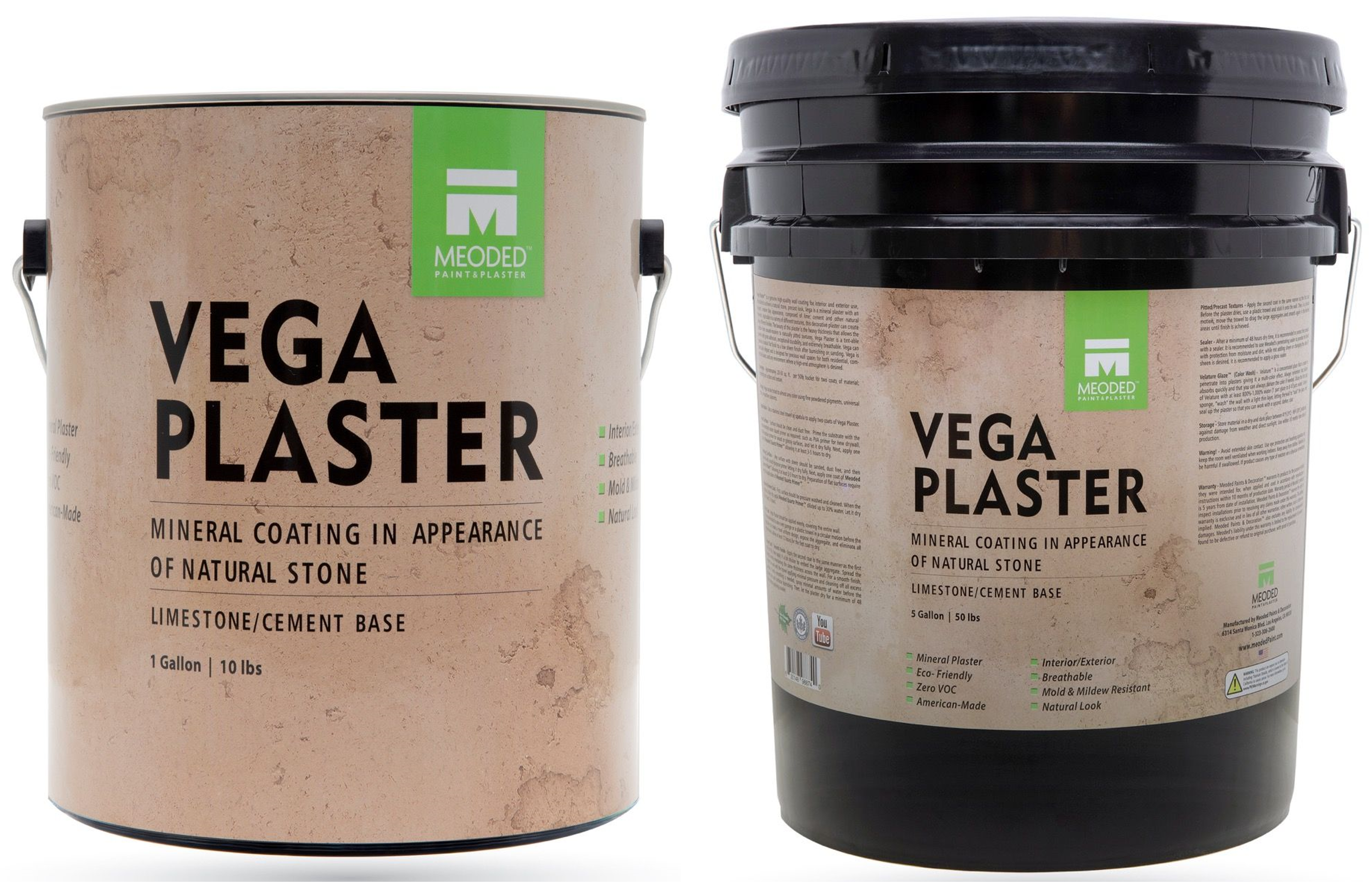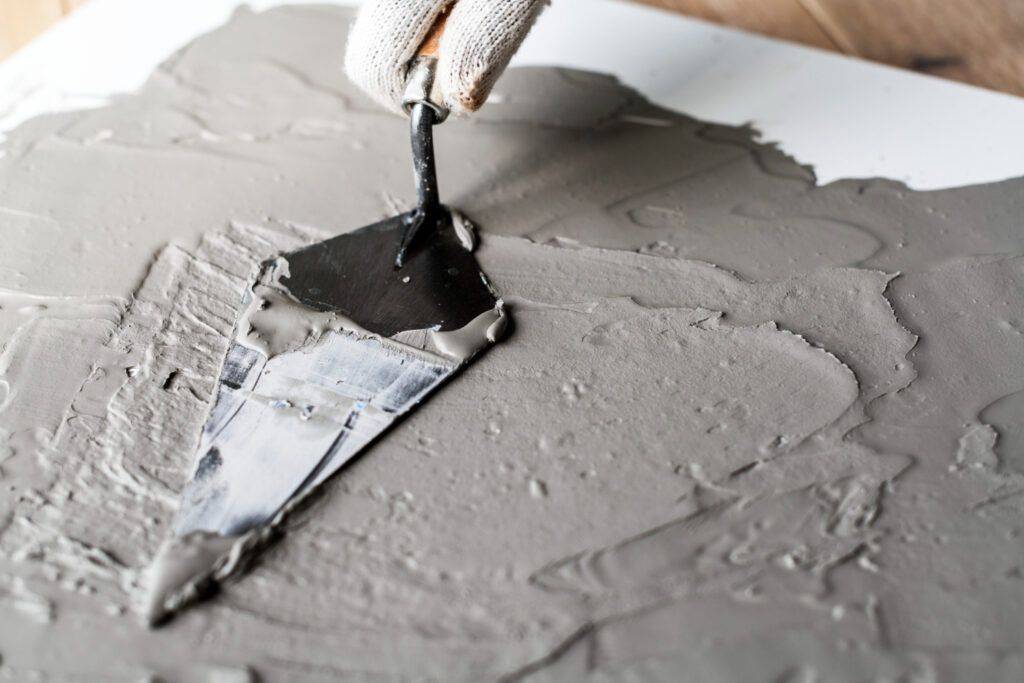In this article, we’ve set out to explore the rich and colorful world of plastering and how it can transform your walls from drab to fab. How often do you consider the walls around you — these consistent, concrete backgrounds to our everyday lives? The walls that surround you, much like the body that contains you, are a reflection of the very essence of who we are. Allow your walls to embody your spirit by utilizing a timeless technique that has been around for centuries: using plaster to create aesthetic and durable wall finishes that solidify the space you inhabit.
By reading our guide, you will be taken through each step of the plastering process in detail. You will learn how to start from the very beginning with wall preparation, which ensures the provision of a smooth and stable surface on which to plaster, right up to the best practices for maintaining your newly plastered walls.
You will be enlightened on some of the many different kinds of plaster available, from traditional lime-based plasters to modern concrete-based ones, along with their varying attributes and benefits. You will come to understand how, through plastering, the possibilities for a fresh, new space are infinite: how it can be added to your walls for renewed texture, depth, or simply for a timeless touch of elegance.
We’ll delve into the deluge of necessary tools and materials that are required for a proper plastering project. From receiving valuable tips on selecting the right trowels, mixers, and additives to exploring numerous application techniques such as skim coating, texturing, and decorative effects, this guide has all the information a plastering apprentice needs. If you’re ready to unleash your creativity and design your walls in the way you desire, simply keep reading.
What is Plaster and Why Should You Use It?
Plastering is a versatile technique used to create smooth, textured, or decorative wall finishes. Its applications aren’t, however, limited to the aesthetic, as plastering also enhances the durability of walls and their resistance to damage (especially over extended periods of time).
Plastering has been in use for as long as it has because of the many benefits it provides to those who enjoy living or working in spaces that have walls. Below, we list the three primary benefits that are provided by plaster:
- Protection – just like the three little pigs, humans have learned that there’s no substitute for a good, old wall made from cement/bricks. Even bricks, however, are susceptible to variables like time and weather, and plaster helps add another layer of protection, ensuring better wall durability.
- Smooth surfaces – plastering your walls gives them a smooth finish.
- Aesthetic appeal – plastering provides a good finish to your walls, making them look and feel more appealing.

Choosing the Right Type of Plaster
Known for its versatility as a building material, plastering techniques can be used to create smooth, decorative, or textured wall finishes. Popularly applied to structures both externally and internally, plaster can be used to create an assortment of styles and looks.
If you are taking on a DIY project, such as transforming your walls with plaster, there are a few things you need to take into consideration. You need to choose the optimal type of plaster for your project, and so we’ve listed the three main types of plaster below:
- Lime-based plaster: Made from a mixture of lime and marble dust, this plaster is sought-after due to its durability and resistance to fire. It therefore makes a great choice for older buildings and those located in humid areas.
- Cement-based plaster: Made from concrete and water, this type of plaster is known for its simplicity for use and fast drying times. It makes a great option for new construction or buildings where time is a factor.
- Synthetic plaster: Made from a variety of synthetic materials, this plaster is renowned for its strength and durability.

Your DIY Project: Wall Preparation and Plastering Techniques
After choosing the plaster that suits your needs, you need to begin with wall preparation. Optimally, the walls should be clean, dry, and free of loose material. Damaged walls will need to be repaired before you apply plaster to them for the best wall finishes.
Following this, you will mix the plaster with care and according to the manufacturer’s instructions. The desired consistency of the plaster is typically thick and smooth. You can then begin applying the plaster, for which a trowel is often used. Note that if you are using a trowel, start by first applying a thin layer of plaster to the wall. Thereafter, you can use a float to smooth out the plaster.
You might find that it’s necessary to apply multiple coats of plaster, depending on the desired wall finish you have in mind. There are a number of texturing techniques that will result in various wall finishes.
Once the plaster has been given sufficient drying time, you can begin with decorative finishes. You can paint and decorate the walls in the way that makes you happiest!
A Guide to Plastering Walls Properly
- Slow and steady: Plastering walls – big or small – is often a time-consuming process. Rather get the job done properly instead of rushing and making mistakes.
- Equip yourself: Having the right tools when plastering is essential. Specifically, tools such as a trowel, a float, and a screed are must-haves.
- Patience is key: Plaster doesn’t dry instantly – it takes time. Avoid rushing the drying process so that you don’t end up dealing with cracking or uneven wall finishes.
- Keep it clean: When you’re done plastering, ensure that you clean the area up properly to prevent dust and debris from spreading everywhere.
Regular Maintenance is Key
To ensure your plastered walls look their best at all times, regular maintenance is necessary. Dusting regularly and washing your walls with mild soap and a water solution when needed is a good way to go. This will help preserve the beauty and integrity of your plastered walls as well as their durability.
Regarding Complex Plastering Projects
When it comes to plastering projects of a more complex nature, you may want to look into hiring a professional plasterer and forgoing the DIY project. A professional plasterer will have both the experience and expertise required to bring the project to fruition in a safe and correct manner.
Happy Plastering
The types of plaster you choose will directly affect the outcome of the wall finish you receive, so make sure you choose correctly between lime-based plaster, cement-based plaster, or synthetic plaster. Remember to always allow for proper drying time, taking the area you live in and its climate into consideration.
Lastly, when transforming your walls with plaster, let your creativity go wild: the choices of texturing techniques and decorative finishes are almost endless!
